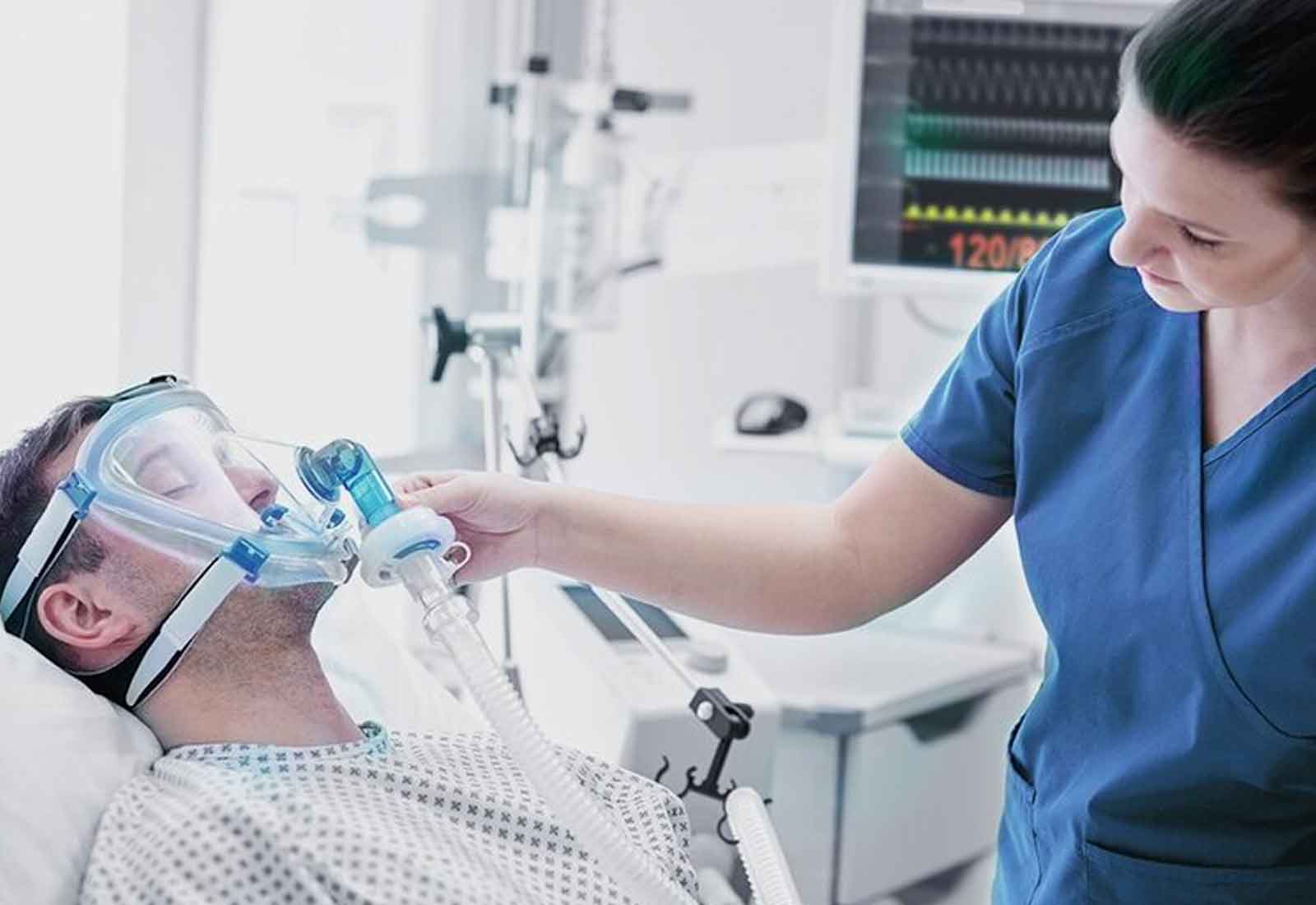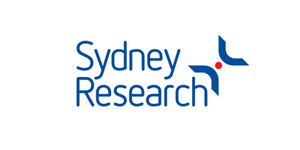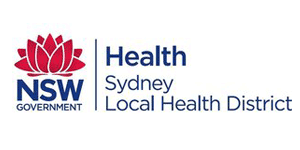New collaborative research led by the Woolcock Institute of Medical Research may help define one of the great unknowns of the COVID-19 pandemic: exactly how much physical distance is required to prevent the spread of the disease?
The Institute’s Dr David Chapman, has launched a project in collaboration with respiratory doctors at Royal North Shore and Liverpool Hospitals, with the aim of keeping healthcare workers safe by understanding the degree to which non-invasive breathing devices which supply oxygen to COVID-19 patients, aerosolize the virus.
“What this may ultimately tell us is whether the 1.5 metre physical distance rule being promoted at the moment is appropriate. Maybe half a metre is enough, or maybe we need three metres. We really don’t know,” said fellow investigator Professor Brian Oliver, who is the Professor of Pneumonology at University of Technology Sydney (UTS) and a Respiratory Researcher at the Woolcock.
“For example, when a doctor is in a room with a virus-infected patient, should they stand at the foot of the bed or is it safe to stand closer to them?”
Professor Oliver and Dr Chapman are using technology developed by the Woolcock to detect the presence of a virus in air samples. They have also teamed with Dr Nicholas Surawski at UTS to use a new device to measure real time particle size and distribution.
“In work that we did at the Woolcock and Concord Hospital over a decade ago we were the first in the world to show that just breathing normally or talking is enough to aerosolise a virus’” said Professor Oliver. “But we don’t know how far the virus aerosol is spread by breathing or whether that actually means anything. Because with most viruses you need a lot of viral load to cause infection.”
Professor Oliver says that there are several forms of non-invasive breathing support which can be given to COVID-19 patients but that hospitals have been reluctant to use them for fear of causing aerosols that might infect clinical staff.
He says the research aims to define the risk – evidence that would be useful well beyond the current pandemic.
“It’s not just COVID. It will be of importance to our handling of seasonal influenza and other virus breakouts. In the average winter in Australia, hospital respiratory wards are full of people who have exacerbations of Chronic Obstructive Pulmonary Disease, usually because of the flu.
“Should you have patient A in a bed next to patient B – is that safe? Up until now we’ve put answering that question into the too hard basket because our wards are full. But maybe there are some really simple things that can be done to minimise risks.”
“This research could contribute to improved hospital infection control procedures and safety practices of health care workers within NSW and all over the world.”
The Woolcock, which is a member of Sydney Health Partners, is involved in numerous research projects related to COVID-19.











